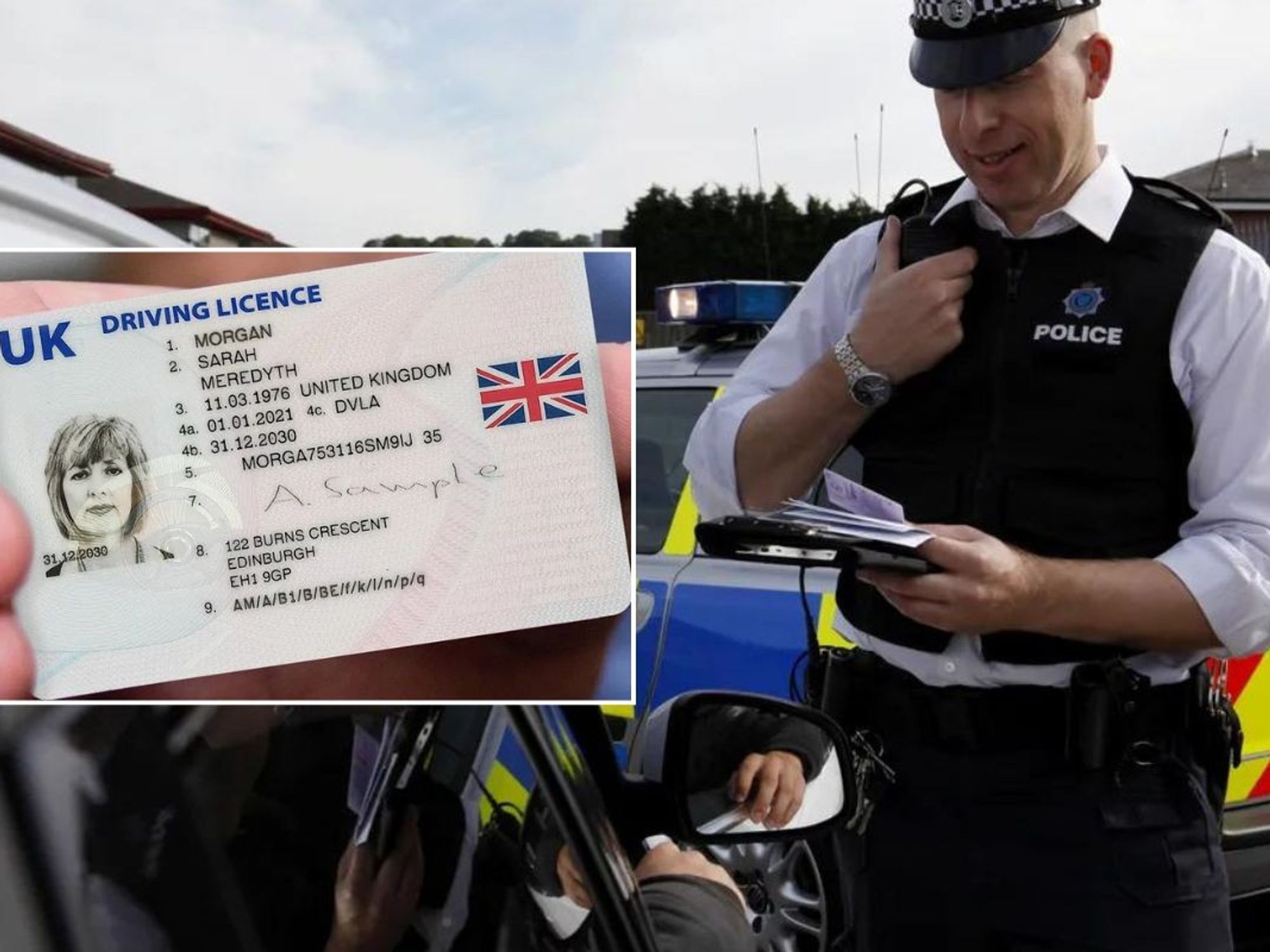English Heritage discover hilarious 200 year-old graffiti mocking Napoleon on castle door
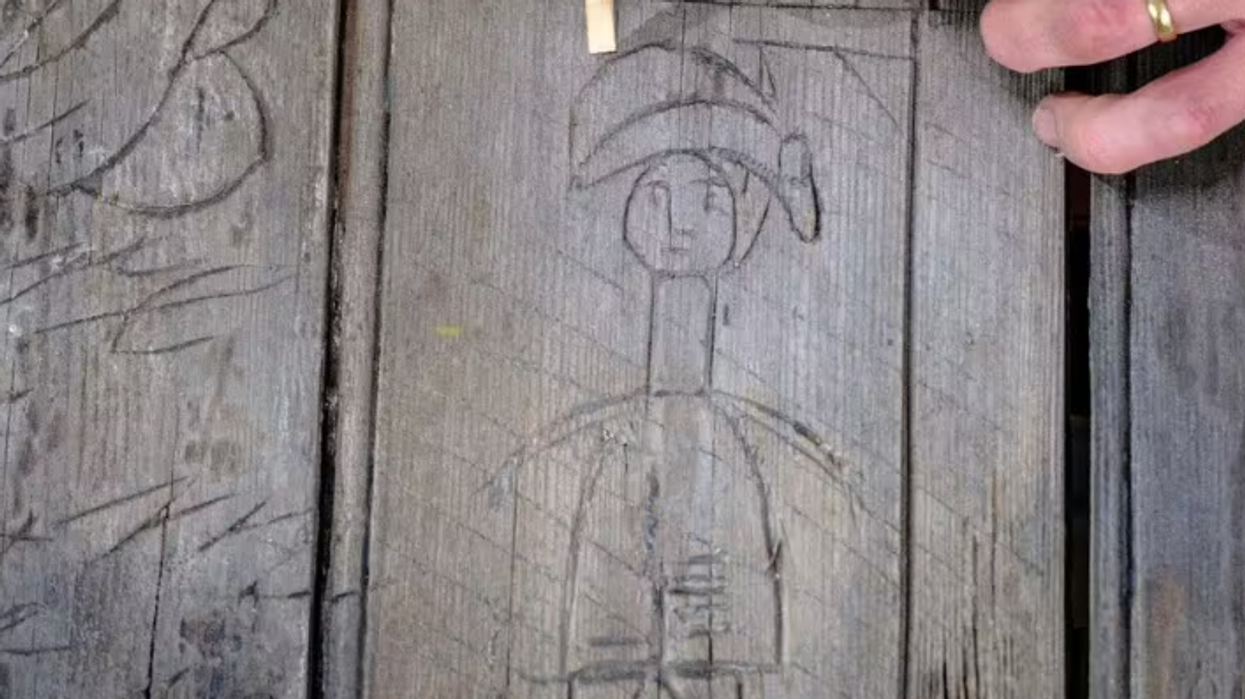
A 200-year-old carving mocking Napoleon has been found on a castle door in Dover
|English Heritage

The door features 50 different pieces of graffiti made by English soldiers from the 1790s to the 1850s
Don't Miss
Most Read
A 200-year-old carving mocking Napoleon has been found on a castle door in Dover.
English Heritage discovered the graffiti, which features 50 pieces drawings from English soldiers making fun of French troops, whilst carrying out work on the castle.
The etchings span a 60-year time frame, beginning in the 1780s, when the French Revolution began, and continuing until the mid 1850s.
The door was found in St John’s Tower and one of the doodles is thought by experts to be a depiction of French leader Napoleon being sent to the gallows.
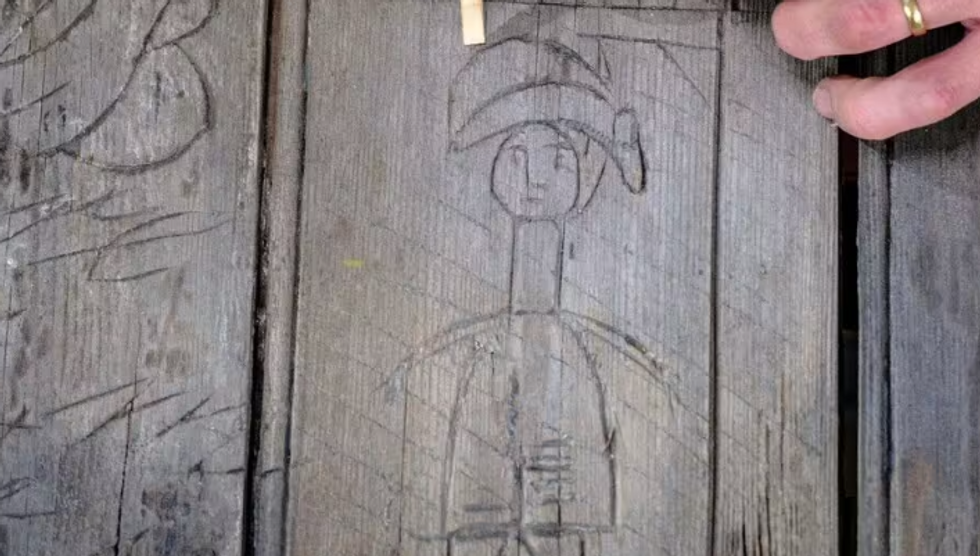 A 200-year-old carving mocking Napoleon has been found on a castle door in Dover | English Heritage
A 200-year-old carving mocking Napoleon has been found on a castle door in Dover | English Heritage Since its discovery, the door - which also features various English surnames etched onto it - has been removed in order to preserve it.
People will be able to see the door at an exhibition in July at the castle, which overlooks to English Channel.
Paul Pattison, senior properties historian at English Heritage, said the “astonishing” discovery gave “a unique glimpse into the minds of these soldiers”.
He said: “Scaling a ladder to the upper floor of St John’s Tower and seeing these remarkable carvings on the door was an astonishing discovery for us.
LATEST DEVELOPMENTS:
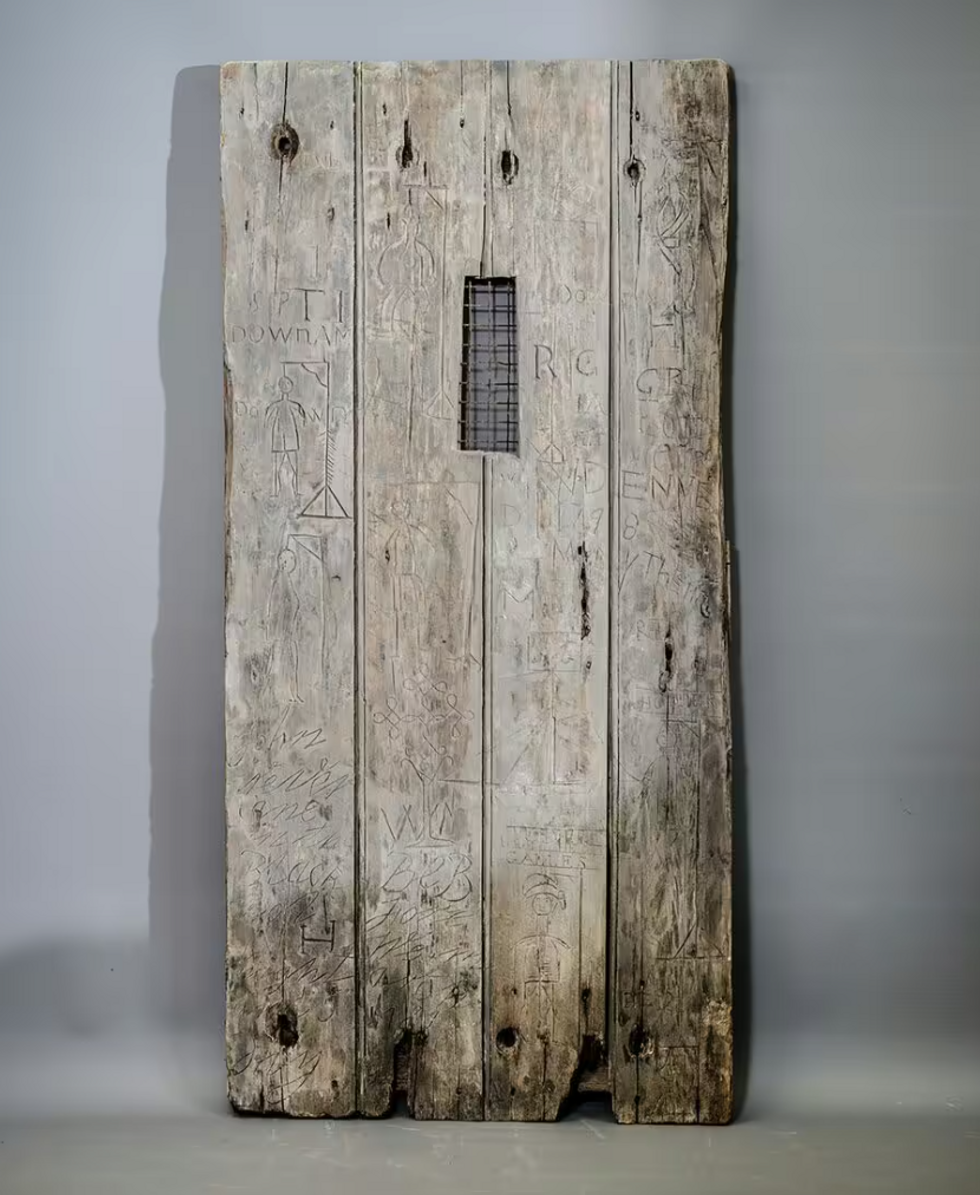
Since its discovery, the door has been removed in order to preserve it
|English Heritage
“This graffiti gives a unique glimpse into the minds of these soldiers, especially during such a charged period of time.
“As a result of the impending threat of war from across the Channel, Dover was a hive of activity with ships filling the harbour and coloured military uniforms a constant presence in the castle and town.
“What makes this door such an extraordinary object is that it is a rare and precious example of the ordinary person making their mark; whether that be simply for the purpose of killing time or wanting to be remembered.”
Pattison climbed to the top of the tower via a ladder and then a spiral staircase, where he then spotted the door.
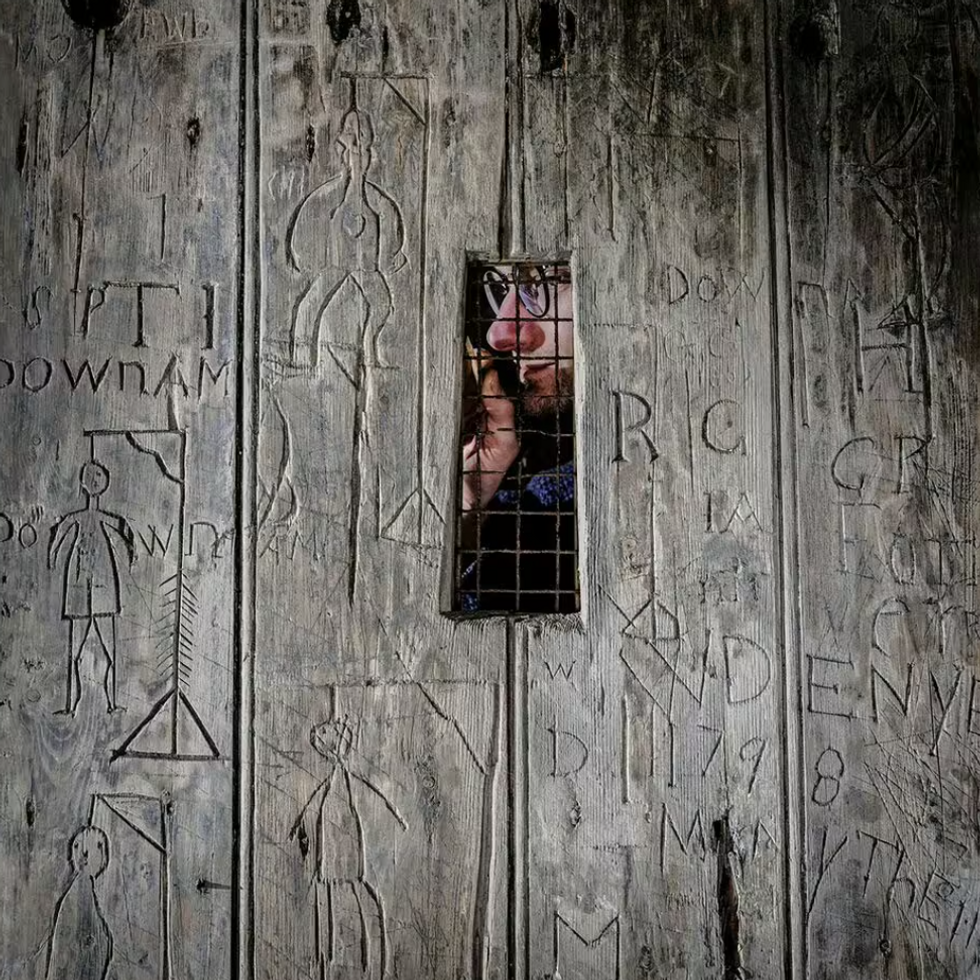
People will be able to see the door at an exhibition in July at the castle
|English Heritage
The “remarkable” graffiti was not fully visible until layers of paint were removed from the door.
Other symbols on the door include a symbol of a glass with a cross, and a ship, which historians believe to be a 8 Gun cuter - a vessel used by the Royal Navy.
There are also two dates on the door: 1798, when the castle was fortified, and 1855, when changes were planned to the tower.
It is assumed that the soldiers carved the drawings using knives or potentially bayonets.








